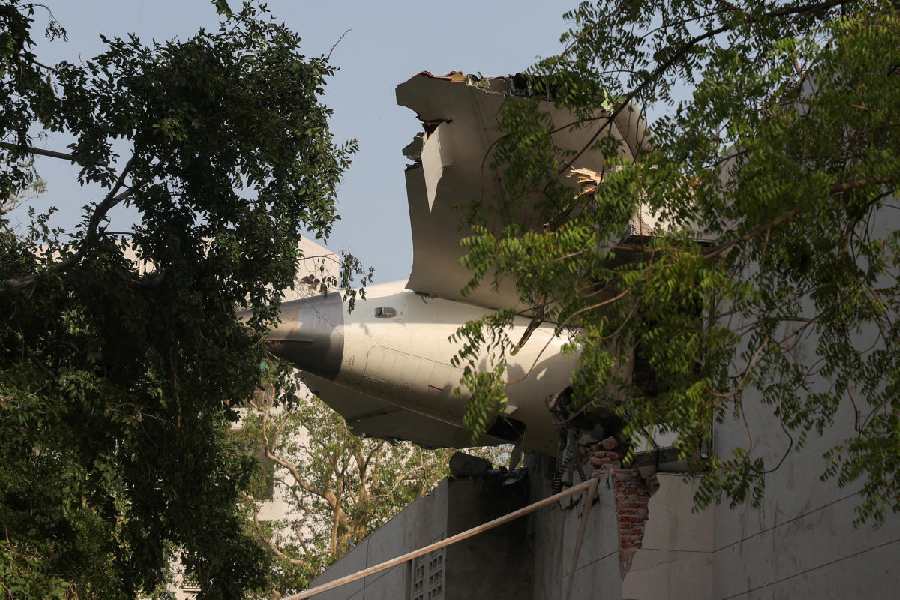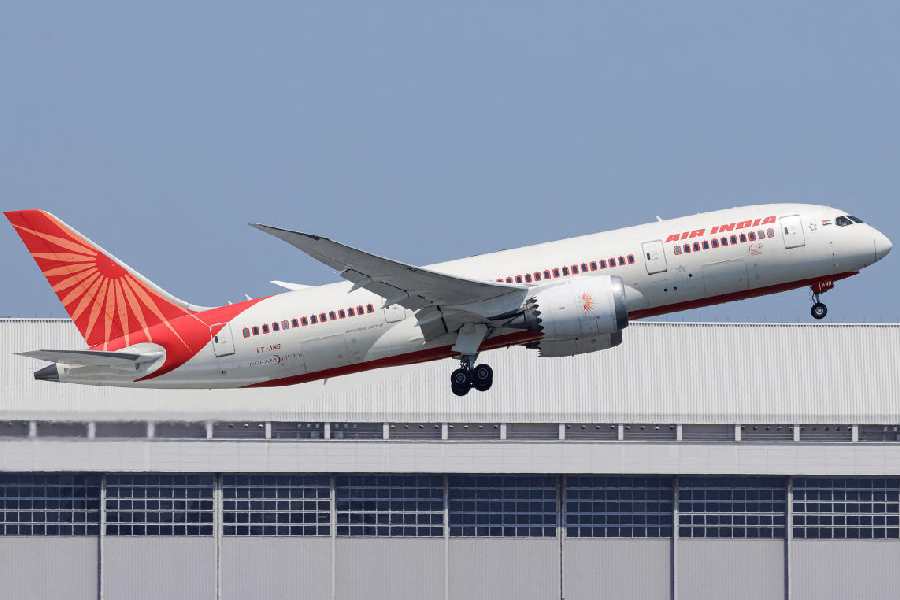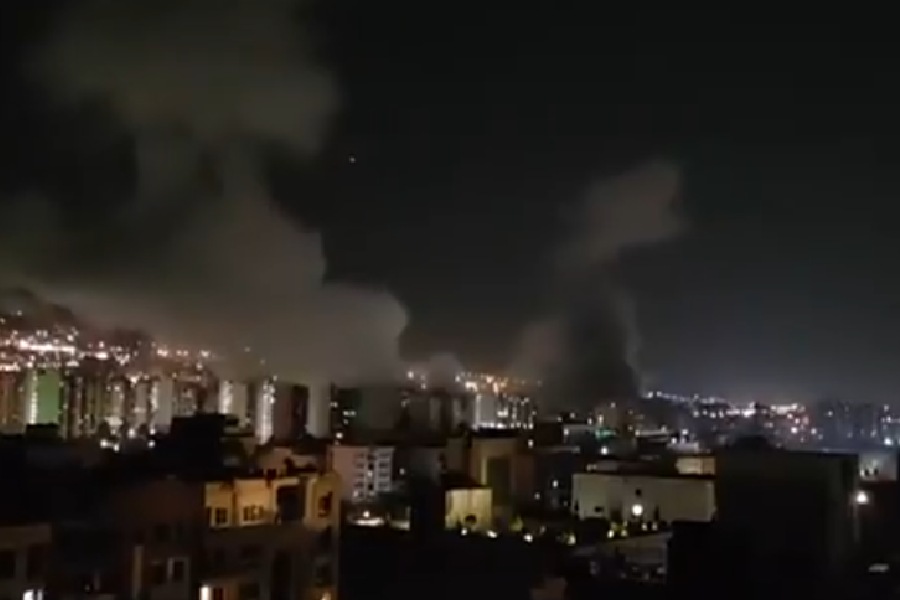June 20: Jolted by the flooding of the city’s lifelines — the GS Road, GNB Road and RGB Road — the government today decided to de-encroach Silsako Beel, one of the biggest natural waterbodies in the state, to divert excess water off the thoroughfares.
The decision to develop Silsako as a water reservoir for the city was taken at a meeting chaired by Kamrup (metro) deputy commissioner Prateek Hajela. Representatives of the water resources department, the public works department, the GMC, the GMDA, the irrigation department and the town and country planning department attended the meeting at the deputy commissioner’s office.
A source said the meeting was convened this morning after chief minister Tarun Gogoi asked the departments to chalk out a strategy to reduce waterlogging in the city.
“All those who attended the meeting, including engineers, agreed that the overflowing of the Bharalu and the Bahini was the main reason for submerging of the main thoroughfares that run along the two rivulets,” he added.
“The meeting agreed that steps need to be taken to divert at least 30 per cent of the water from the two rivulets to Silsako,” he said.
The meeting also decided to use pump sets to pump out water from areas that have been waterlogged for more than 12 hours.
Illegal encroachments in and around Silsako Beel will be removed and the plots allotted by the government to certain organisations in the periphery of the wetland will be cancelled, the source said.
“The excess rainwater coming down from the hills of Meghalaya, which now flows into the Bahini, can be diverted to Silsako by constructing a stormwater drain,” he said.
The Silsako Beel in Hengrabari has suffered from human depredation for long. Till the early 1980s, the beel was spread across 200 hectares, but now it has shrunk to almost half the size.
“This is because the beel is being filled up for building offices and residences. As a result, floodwaters from southeast Guwahati, which earlier used to flow into the beel, now spill on to the nearby residential areas,” the source said.
“Since the de-encroachment and development of Silsako will be a long-term affair, the meeting decided to take up another round of cleaning of drains and natural canals to give immediate relief to the citizens,” he added.
Many of the drains are blocked by silt carried by rainwater flowing down the hills. Steps are being taken to remove the silt, the source said.
The district administration has also written to construction agencies like the National Buildings Construction Corporation, the National Highways Authority of India, Bharat Sanchar Nigam Ltd and the state public works department to ensure that they do not leave any debris on the drains or beside the drains.
The GMDA will bear the entire cost of cleaning the drains.











